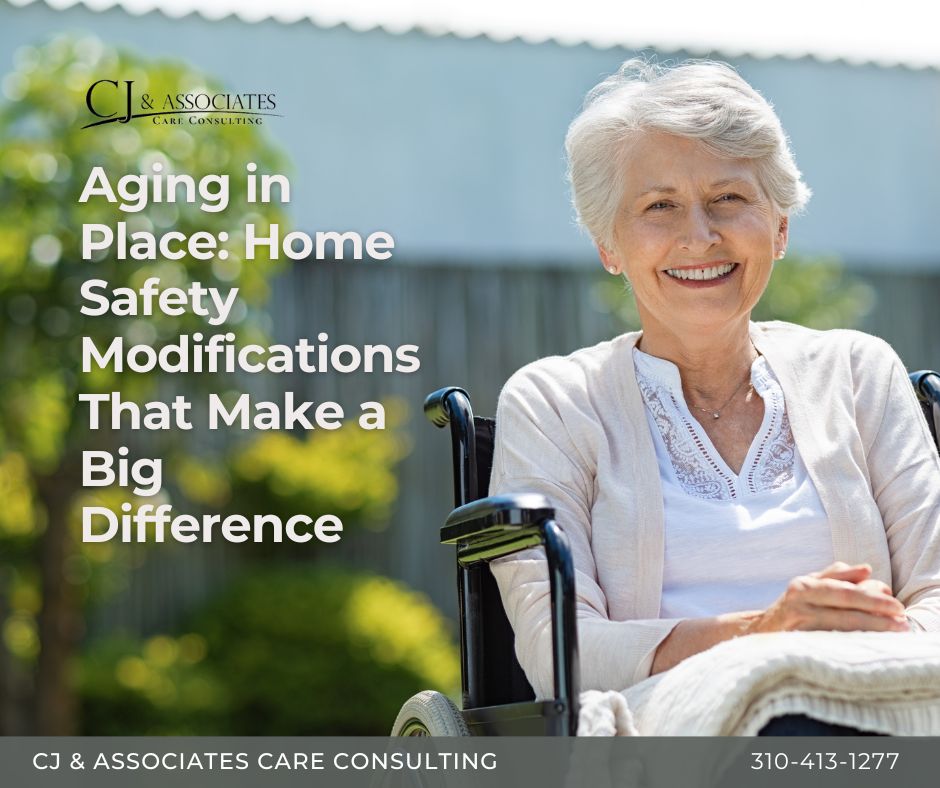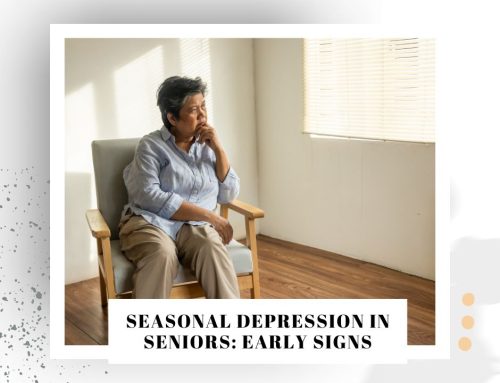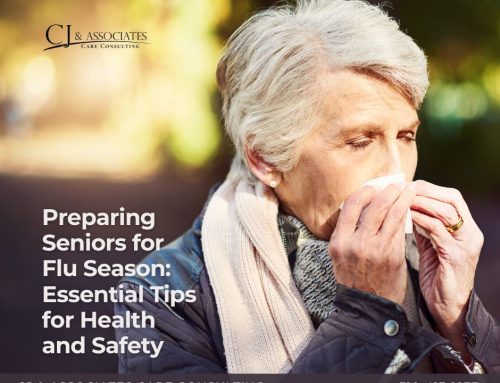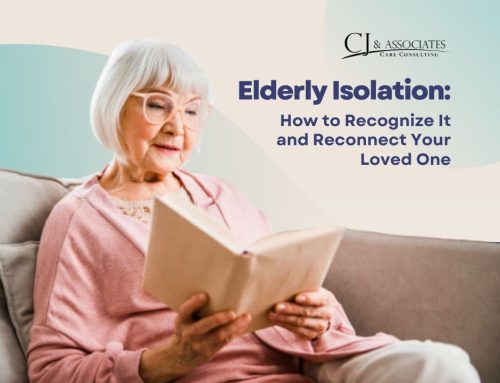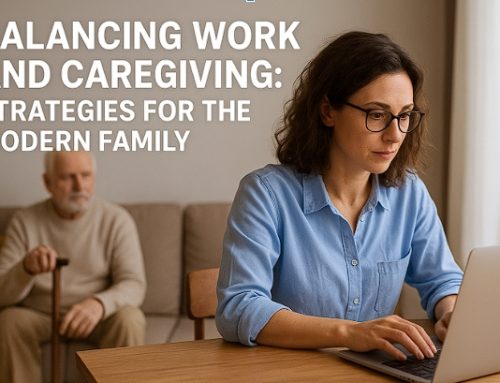For many older adults, aging in place—continuing to live in the comfort of their own homes—offers a sense of independence, familiarity, and dignity. But as mobility, vision, and cognitive abilities change over time, the home environment must evolve too. Without the right safety modifications, everyday spaces can become hazardous. The good news? With thoughtful planning and a few key updates, families can create a safe, comfortable, and supportive environment that allows seniors to age in place with confidence. Incorporating universal design principles can greatly enhance accessibility and functionality within the home. Families should consider senior living space design tips that focus on eliminating tripping hazards, ensuring proper lighting, and optimizing layout for easy navigation. By making these thoughtful adjustments, seniors can maintain their independence while enjoying a secure and engaging living environment.
If you’re caring for an aging loved one, here are the most impactful home safety modifications to consider—starting today.
Preventing Falls with Smart Flooring Choices
One of the most common causes of injury among seniors is falling—and many falls are preventable with the right flooring solutions. Here’s how:
- Remove loose rugs and runners that can shift or curl up at the edges.
- Use non-slip mats in the kitchen, bathroom, and entryways.
- Install low-pile carpeting or slip-resistant vinyl for better traction.
- Keep floors clutter-free and ensure clear walking paths throughout the home.
Enhancing Visibility with Better Lighting
Vision changes are a natural part of aging, and poor lighting can increase the risk of accidents. Improving illumination is a simple but powerful safety upgrade:
- Add brighter LED bulbs in hallways, staircases, and entry points.
- Install motion-sensor lights in high-traffic areas and outdoors.
- Use nightlights in bedrooms, bathrooms, and corridors to guide safe movement after dark.
Making Bathrooms Safer and More Accessible
The bathroom is one of the most high-risk areas for seniors. Small changes can drastically reduce the chance of slips and falls:
- Install grab bars near the toilet and inside the shower or tub.
- Use a shower chair and handheld shower head for seated bathing.
- Add a raised toilet seat to reduce strain on joints and muscles.
- Apply non-slip adhesive strips in tubs and on tile floors.
Creating a Senior-Friendly Kitchen Layout
A safe and functional kitchen supports independence and daily living. These modifications can help:
- Place frequently used items within easy reach to avoid bending or stretching.
- Install pull-out shelves in cabinets for easier access to dishes and cookware.
- Use easy-grip utensils and tools designed for limited hand strength or arthritis.
- Secure rugs and use non-slip mats near the sink and stove.
Improving Entryways and Mobility
Whether your loved one uses a walker or wheelchair—or simply needs more stability—entryway adjustments make all the difference:
- Install sturdy railings on both sides of stairs and ramps.
- Add a threshold ramp for smooth transitions through doorways.
- Widen doorways if necessary to accommodate mobility devices.
- Use lever-style door handles for easier grip and use.
Technology That Supports Independence
Today’s technology can enhance safety and peace of mind for both seniors and their families:
- Medical alert systems connect users with emergency services at the push of a button.
- Smart home devices can automate lighting, thermostats, and security.
- Medication reminders and pill dispensers help prevent missed doses or double dosing.
The Importance of a Home Safety Assessment
Every home—and every individual—is different. That’s why professional home safety assessments are essential. A geriatric care manager can identify hidden hazards, recommend customized modifications, and help coordinate trusted contractors or services.
At CJ & Associates Care Consulting, we work with families across Los Angeles, Pasadena, Santa Monica, and beyond to ensure that aging in place is not only possible but safe and comfortable. Our expert assessments and care plans are tailored to each client’s unique needs and living situation.
Final Thoughts
Aging in place doesn’t mean “going it alone.” With the right modifications and support systems in place, older adults can enjoy the freedom of staying in their own homes while staying safe and secure. Whether you’re just starting to plan or are facing urgent safety concerns, it’s never too early to take proactive steps.

